Home / Africa & Middle East / The Stories Behind Some of the…
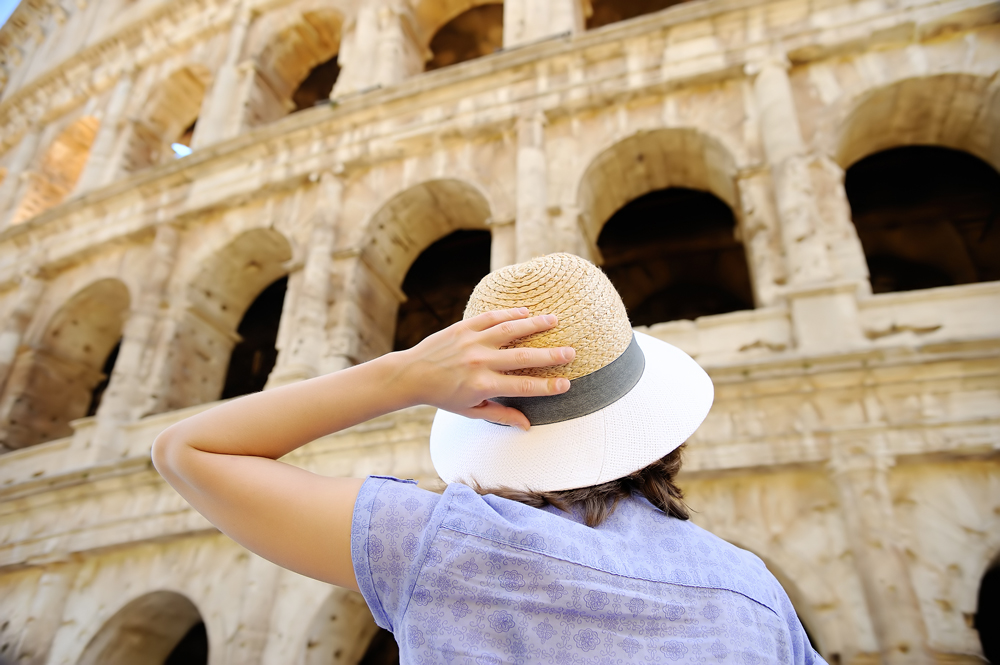
The Stories Behind Some of the Iconic Sites of Goway’s World
Every historic structure has a tale to tell, especially when they are world-renowned.
We are all aware of the following list of attractions, but perhaps unaware of the story behind them. Just to experience them is one thing, but to find out how they came to be is another. This is not meant to be a history lesson but rather, a way to hopefully enhance your enjoyment.
The Tower of London, England
A close second behind Westminster Abbey for historical significance, The Tower of London shows off the grislier side of Britain’s royal history, when on an England vacation. It’s been the site of imprisonments, executions, the occasional murder, and some truly ghastly jokes told by the Beefeaters who escort the extremely worthwhile free tours. Arrive early, while on your London tour, to watch the Ceremony of the Keys, take a tour with the Beefeaters for the inside story, and to access the chapel where famous “traitors” such as Anne Boleyn, Catherine Howard, and Thomas More lay buried – and don’t forget to look in on the Crown Jewels. It was used as a prison at various times between 1100 and 1952 AD, and famous inmates have included Queen Elizabeth l (before being crowned queen), James l of Scotland, Henry VIII’s wives, Anne Boleyn and Catherine Howard, Sir Walter Raleigh, Guy Fawkes, Samuel Pepys, and Flora MacDonald. Just beware of the ghost of Anne Boleyn who haunts the “Bloody Tower!”
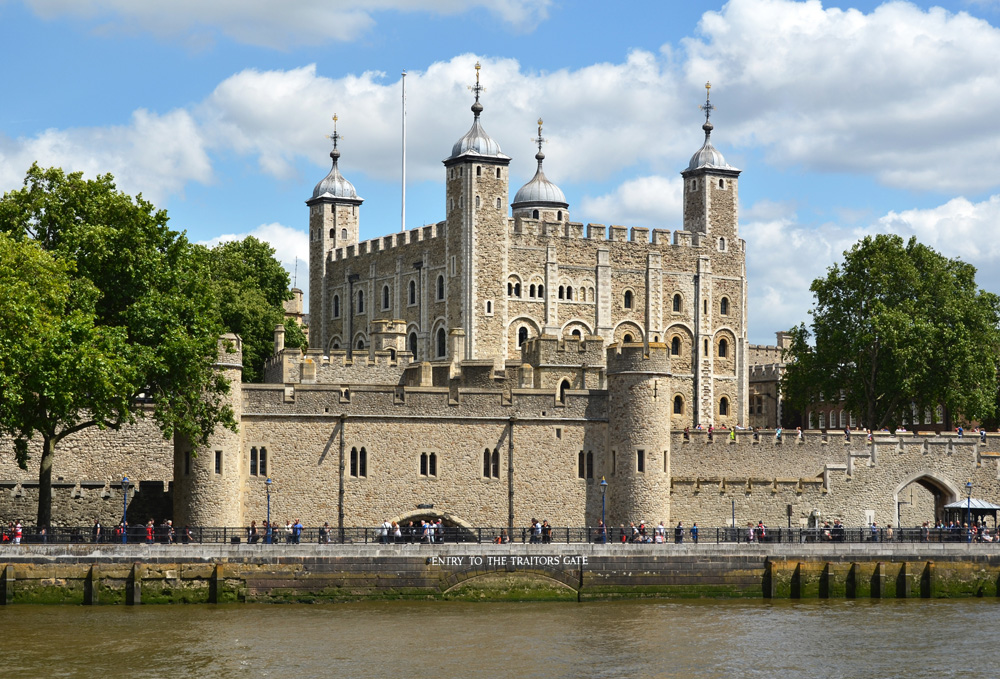
Eiffel Tower, Paris, France
When you are in Paris, on a trip to France, you can’t get away from this enormous and iconic landmark. It comes into view almost every time you turn a corner, on Paris tours. It is also the most-visited paid monument in the world. The Eiffel Tower was built for the 1889 Paris World Fair, which was to celebrate the 100th anniversary of “the storming of the Bastille.” I can’t imagine the work that went into constructing it, but it was not intended to be permanent. The Parisians hated it, saying it was “useless and monstrous.” It was saved because it was then detailed to be used as a giant radio antenna. The Eiffel Tower was named after Gustave Eiffel, whose company was in charge of the construction. It takes a lot of work to maintain the tower. It takes sixty tons of paint to refurbish it every 7 years and is done by hand, taking around eighteen months to complete. One more fact… at 320 metres/1050 feet in height, it was the tallest man-made structure in the world for 41 years.
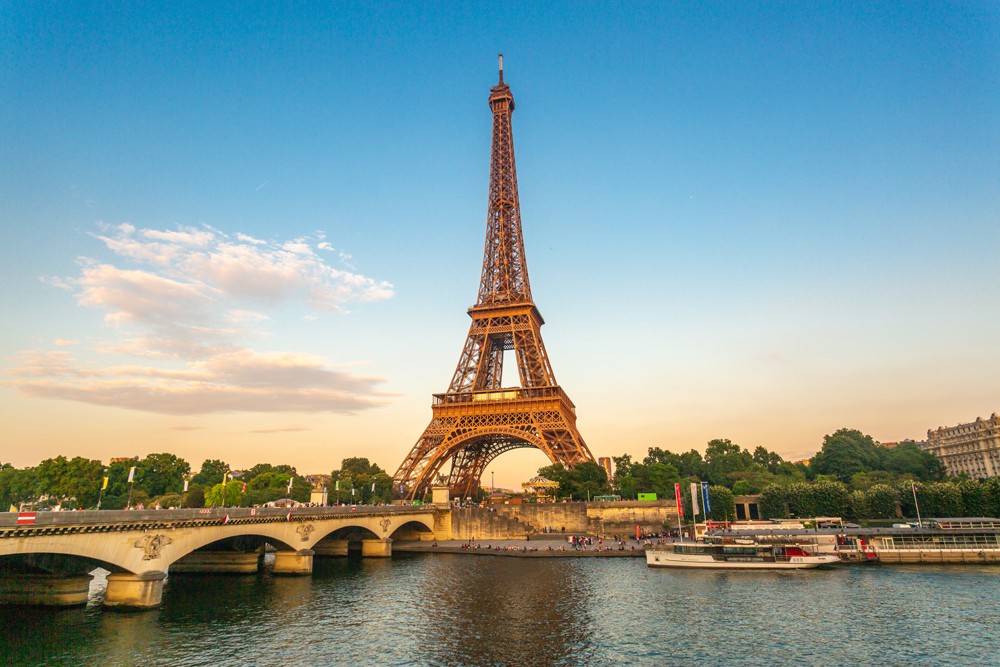
The Colosseum, Rome, Italy
As you approach this eye-catching edifice on a trip to Italy, you instantly recognize it from the photos you have seen of it. And it doesn’t disappoint. It is the most visited attraction in Rome, even more so than the Vatican. Buildings like this just don’t happen. It was built between 72 AD and 80 AD, and took around 60,000 slaves to complete. Once finished, it was used for gladiatorial contests, public events, executions, and dramatic spectacles. One macabre fact, it is supposed that over half a million people and 1 million animals lost their lives throughout the period of almost 400 years, when the Colosseum saw games held between them. At its peak, it could accommodate around 50,000 spectators. The building is not in perfect condition today, as it has survived two major earthquakes in 847 AD and 1231 AD. I have to mention the feral cats which make the Colosseum their home. The local people love cats and I have heard that there are around 300,000 stray cats in the city, of which around 200 make their home in this site. But don’t worry, unless you are allergic to cats, they are absolutely harmless and very happy to have you visit their home.
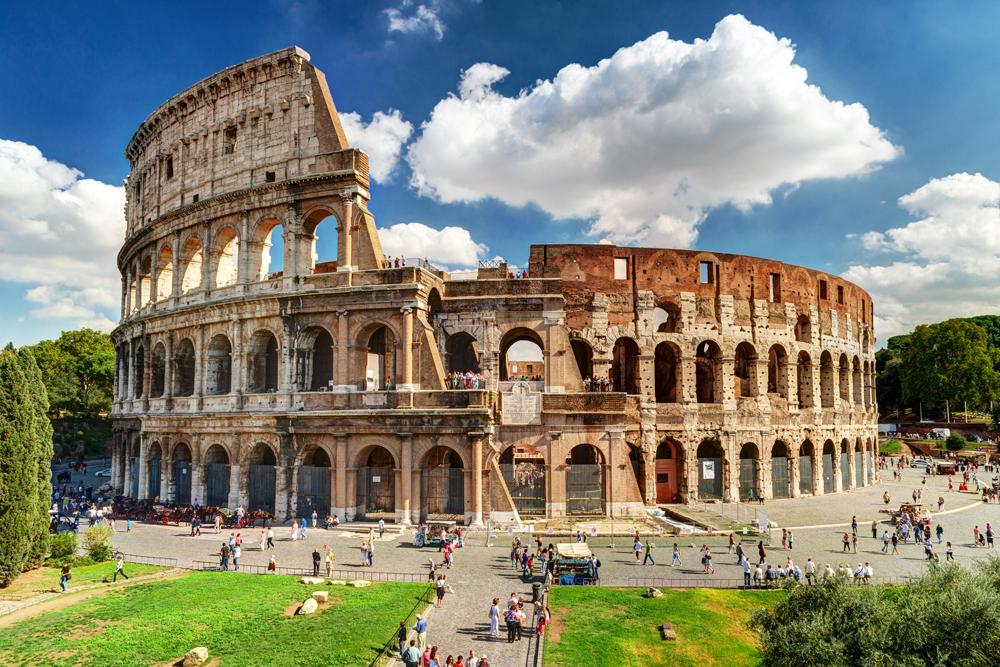
The Acropolis and Parthenon, Athens, Greece
It seems to me that the very epicentre of Athens is the rocky promontory, or hill, known as the Acropolis. You can’t miss it on a Greece vacation. Don’t get confused between the Acropolis and the Parthenon. The former is the hill and the latter, a temple on its peak, dedicated to the goddess, Athena. Acropolis means on the top of the city (AKROS meaning high point and POLIS meaning city). When the Parthenon was built around 440 BC, it was constructed to honour Athena for whom the city was named and took 50 years to complete. Two interesting facts about the Parthenon and the Acropolis – the Parthenon was once used as a mosque after the Ottomans conquered Athens in 1456 AD and was also converted into a Christian church in the 5th century AD. The Acropolis contains what is known to be the world’s oldest weather station. Known as the Tower of Winds, it is an octagonal marble structure which is over 2000 years old. In 1806, some of the original sculptures from the Parthenon were “illegally” removed and sold to the British Museum in London, where they are displayed as the Elgin Marbles. Greece would like to have them returned to their original homeland.
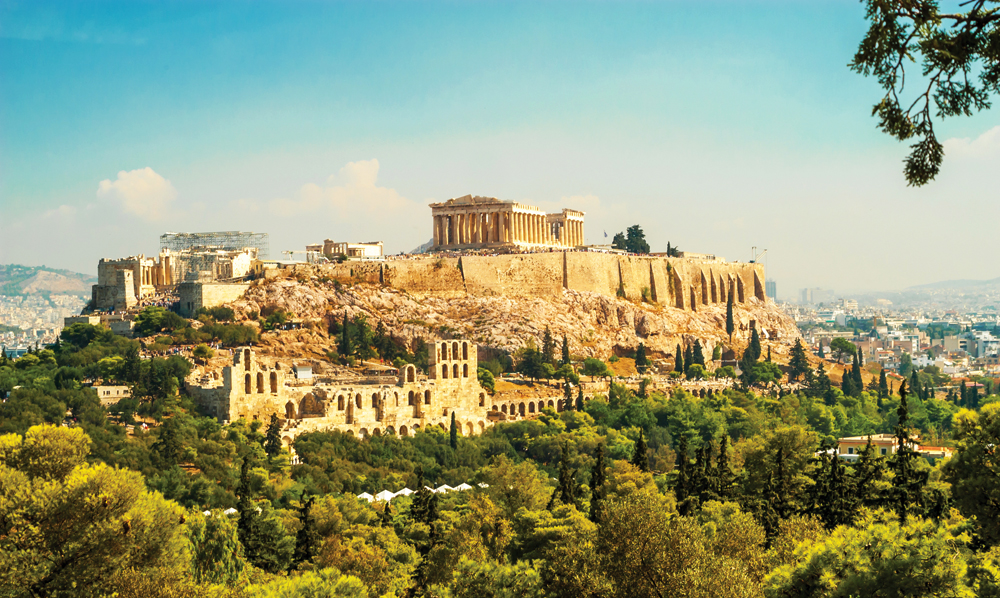
The Sagrada Familia, Barcelona, Spain
This is a church that is unlike any other in the world. You must go and see it if in Barcelona on a trip to Spain. However, there is absolutely no rush, as it hasn’t yet been completed. It was designed by the amazing Spanish architect, Antoni Gaudi, who also designed several unusual apartment buildings, a very different kind of park, a fountain, and a palace in Barcelona. Can you believe construction was originally started in 1882 and is yet to be finished – scheduled for 2026 (maybe!). If completed by then, it will have taken 10 times longer than the Pyramids, 123 years more than the Taj Mahal, and 50 years longer than the Great Wall of China. When Gaudi died, it was only one quarter finished. It was consecrated by Pope Benedict XVI in 2010 and is used for religious services such as Sunday Mass once every couple of months. There are special visiting hours for The Chapel of the Holy Sacrament and Penitence which is reserved for prayer. Gaudi himself is buried here in a tomb underneath the church. What is striking about this very unusual design is that Gaudi was known to be inspired by nature, and there are no straight lines or angles. The interiors of the Sagrada Familia were designed to represent nature with columns as trees and various creatures which are to be found in the building.

The Pyramids and the Sphinx, Egypt
First of all, there are more than 130 pyramids in Egypt, but it is pretty certain that visitors on an Egypt vacation will start with the three in Giza, just outside of Cairo. As I approached them, they appeared to grow larger, and the closer I got to them, l realized how massive they really were. The biggest is called the Great Pyramid of Giza and was the tallest man-made structure for an unbelievable 3800 years, built in 2560 BC. How high is it? 139 metres/460 feet, and weighs en masse 6 million tons. The mystery is how they were constructed, with each block of stone weighing anywhere from 2 to 50 tons. The Great Pyramid is aligned to true north within a tenth of a degree. Scientists are still unable to explain this ancient Egyptian achievement. It is the only remaining one of the Seven Ancient Wonders of the World which is still intact and took an estimated 23 years to complete. What was the purpose of the Pyramids? They were designed as burial chambers for the Pharaohs and their families to be preserved by mummification. They were entombed, along with items deemed to be useful in the afterlife. Can you enter any of the Pyramids? Yes, all 3, but don’t expect anything special. They are totally empty. If you want to view any of the artefacts, go to the Egyptian Museum in Cairo.
Now the Sphinx, with the body of a lion and the head of a human being, was built around 2500 BC to protect symbolically the Great Pyramid of Giza. It lies not far from the Pyramids and is 73 metres/238 feet long and 20 metres/65 feet high. Unfortunately, it lost its nose a few centuries ago.
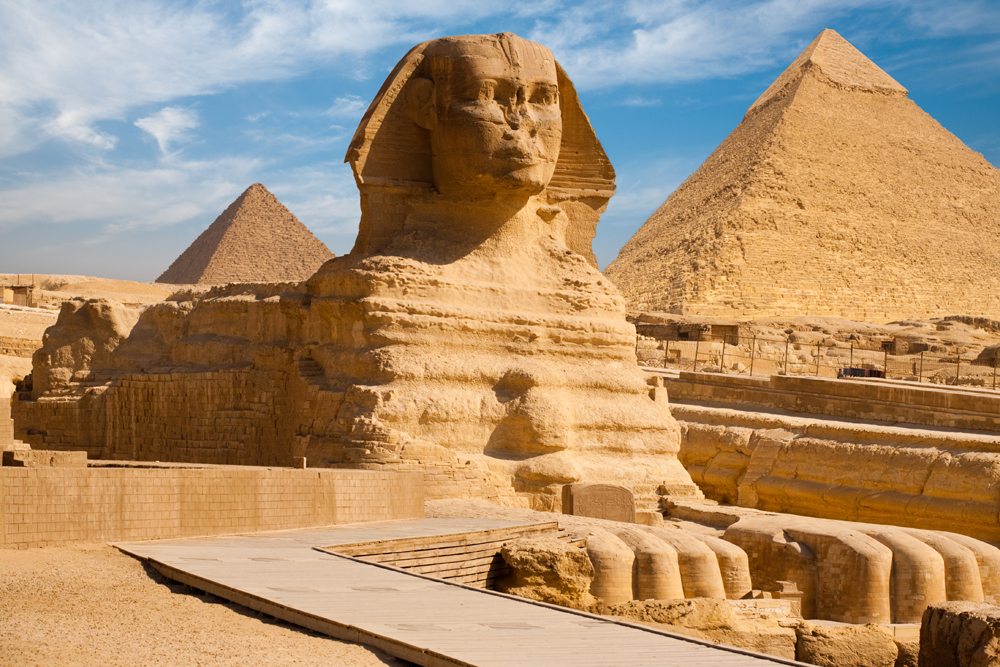
The Taj Mahal, Agra, India
Even after seeing a thousand photos of the Taj Mahal, this gorgeous structure will not disappoint you when you experience it live in Agra. The name itself means Crown of Palaces. It is understandably the number one attraction on an India vacation. It is also a complex that includes a beautiful large garden, a reflecting pool, a mosque, and other mausoleums. It was built in 1653 AD and took roughly 22 years to construct, with the help of over 20,000 labourers. Why was it built? The emperor, Shah Jahan was inspired to order the creation of it after his third wife died while giving birth to their 14th child. Both he and his wife are buried in a crypt under the building. This imposing structure is made of white marble and is encrusted with many precious and semi-precious jewels. How tall is it? 171 metres/561 feet in height. You cannot enter the building but I am sure you will be rewarded sufficiently with a view of its exterior.
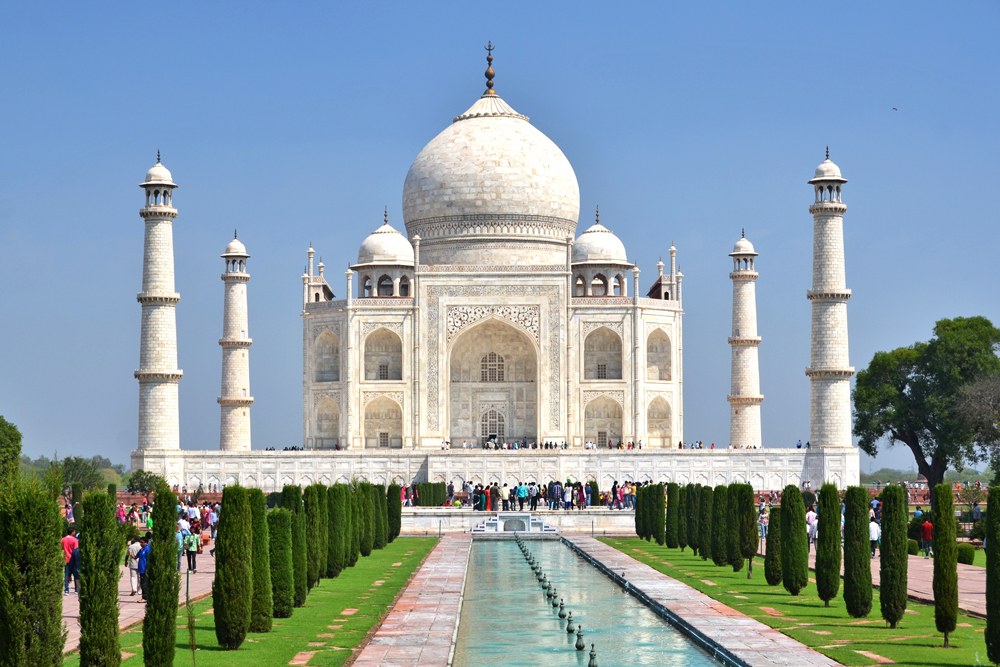
The Great Wall of China, Beijing
If you are in Beijing, while on a China vacation, you are only 80 kilometres/50 miles away from this amazing structure. As you approach it, you realize you are reaching a chain of undulating mountain peaks and lush valleys over which the wall extends seemingly forever until it is out of sight. You can walk on the wall and should do so. How far you want to walk is up to you but it is a little rough in patches. I mention experiencing it from Beijing but this wall is 8850 kilometres/5500 miles long. The average height of the wall is 6 to 7 metres/20 to 23 feet and at its highest is 14 metres/46 feet. I hasten to add that a large part of it has disappeared over time due mainly to erosion, and many of its sections have been renovated and redeveloped. The wall itself is around 2700 years old and took one million labourers to build. The reason for its existence was to protect the country from invaders from the north. That’s why you will see observation towers every so often along the wall.
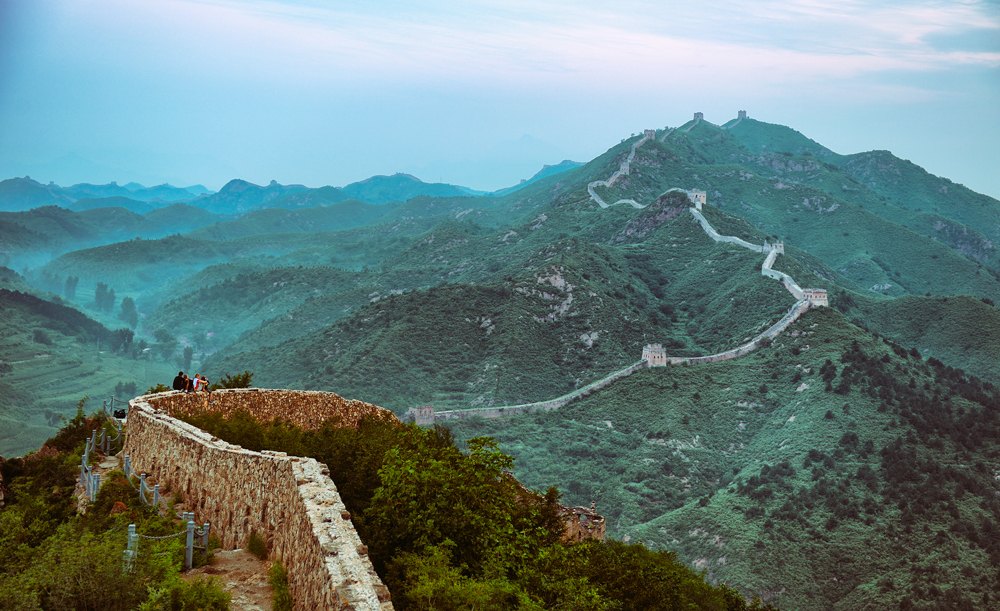
The Forbidden City, Beijing, China
Located right in the heart of Beijing, the Forbidden City is also known as the Imperial Palace. The name comes from the fact that it was forbidden to enter without the permission of the emperor. The Forbidden City is a vast complex and is ringed by a moat and a wall. It is something that takes up a complete half-day to cover on China tours. The moment you enter, you are immediately transported back over time as you find yourself standing at the edge of a very large square or courtyard, unchanged for centuries. It was completed in 1420 AD and is the world’s largest palace complex with 9999 rooms (9 is a lucky number in China). Commoners were not allowed to enter without permission. Apart from the emperors and their families, there were servants, soldiers, and concubines who stayed in it. It was occupied by emperors from the Ming Dynasty to the end of the Qing Dynasty (1911). Inside, there are pavilions, museums and, my favourite, a collection of clocks and watches from the 18th to the 20th century, gifts from both the Chinese and foreigners. There is also the Imperial Garden, a classical landscaped garden with pavilions, rockeries, and paths to stroll along. Once you come out of the Forbidden City, it is necessary to take a deep breath and jump back into the world of today.
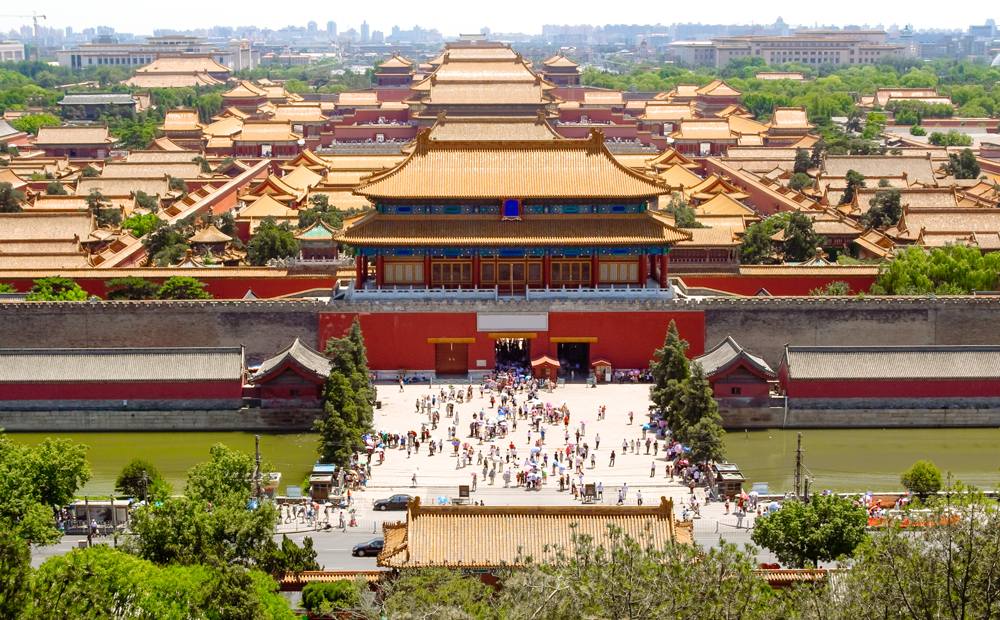
Potala Palace, Lhasa, Tibet
The absolutely stunning Potala Palace in the capital, Lhasa, was the residence of Dalai Lamas until 1959. It stands on top of a hill towering over the city and is now a museum and a UNESCO World Heritage Site to be experienced on an Asia vacation. You will be hard-pressed to find a more dazzling and imposing edifice anywhere. It is the highest palace in the world and consists of an amazing 13 storeys, 1000 rooms, 10,000 shrines and around 200,000 statues. The Palace consists of two parts, the Red Palace and the White Palace. The beautiful murals inside the palace are not only attractive but also tell the story of Tibet. The Red Palace was the house of prayer and contains several mausoleums of previous Dalai Lamas. The White Palace was home to ten successive Dalai Lamas and their courts.
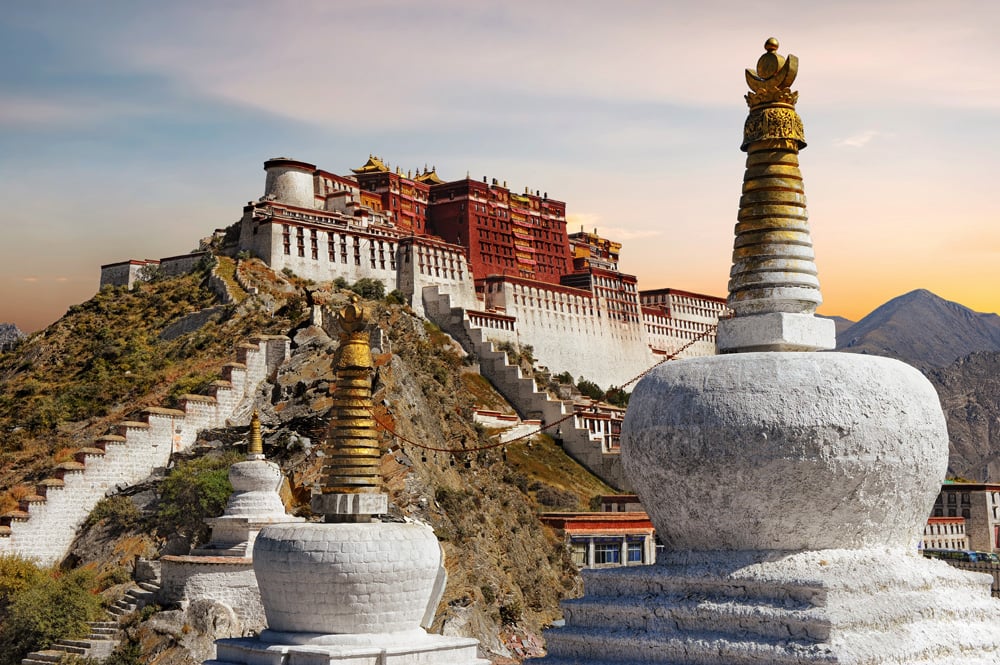
Sydney Opera House, Australia
The Sydney Opera House has to be one of the world’s most easily recognizable buildings. This would be due to its totally unique design – a masterpiece of 20th-century architecture. Not only is it a multi-venue performance hall, but it is a site to which visitors to Sydney on an Australia vacation are immediately drawn. The effect of viewing the Opera House is both dramatic and unforgettable. The design of the building is termed Modern Expressionist. The design of the roof, which is so well known, is a series of large shell-shaped sails. One million tiles were used in constructing the roof. It actually took 16 years to build and was eventually opened in 1973 by Queen Elizabeth II. In 2007, it was designated a UNESCO World Heritage Site, and the organization described it as “a great urban sculpture set in a remarkable waterscape at the tip of a peninsula projecting into Sydney Harbour.”
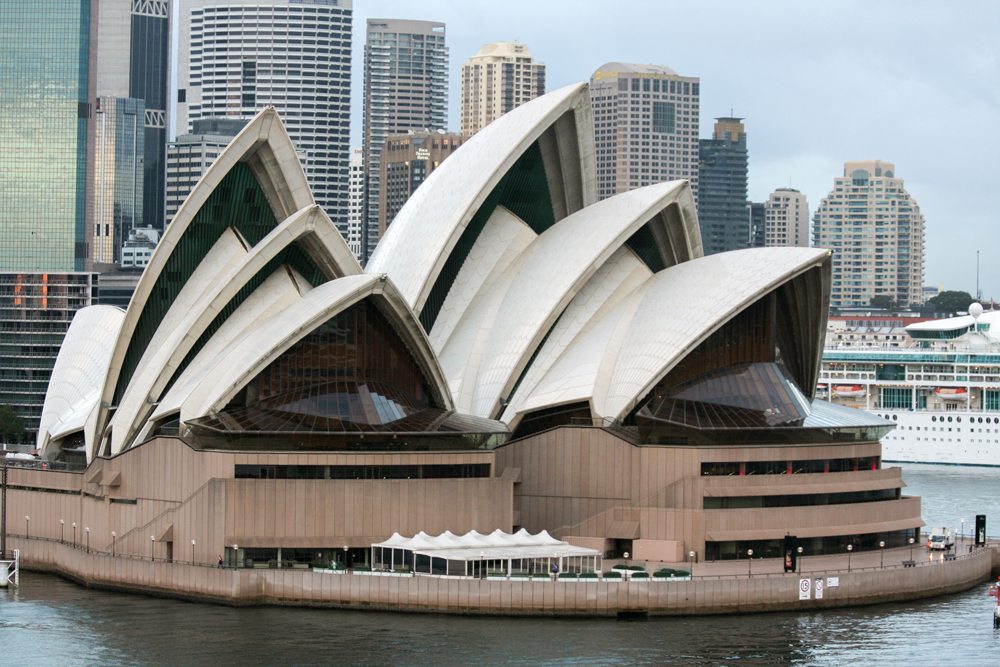
Get more travel inspiration by email.
Subscribe
0 Comments

Get the latest travel trends & hear about the best deals on vacations around the world.
If you’re a Globetrotter, these are the newsletters for you!



